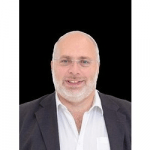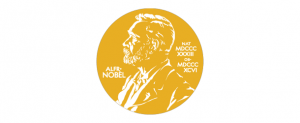 The Royal Swedish Academy of Sciences has awarded the 2022 #NobelPrize in Physics to Alain Aspect, John F. Clauser and Anton Zeilinger. The 2022 Nobel Prize in physics was awarded to these three physicists for their pioneering experiments in quantum information science, a burgeoning field that could revolutionize computing, cryptography and the transfer of information via what is known as “quantum teleportation.” The press release explains, “The ineffable effects of quantum mechanics are starting to find applications. There is now a large field of research that includes quantum computers, quantum networks and secure quantum encrypted communication.” Click here to read the complete announcement.
The Royal Swedish Academy of Sciences has awarded the 2022 #NobelPrize in Physics to Alain Aspect, John F. Clauser and Anton Zeilinger. The 2022 Nobel Prize in physics was awarded to these three physicists for their pioneering experiments in quantum information science, a burgeoning field that could revolutionize computing, cryptography and the transfer of information via what is known as “quantum teleportation.” The press release explains, “The ineffable effects of quantum mechanics are starting to find applications. There is now a large field of research that includes quantum computers, quantum networks and secure quantum encrypted communication.” Click here to read the complete announcement.
The Academy further explained the experiments that led to the prize: “What happens to one particle in an entangled pair determines what happens to the other, even if they are really too far apart to affect each other. The laureates’ development of experimental tools has laid the foundation for a new era of quantum technology.”
John F. Clauser, 79, an American physicist in Walnut Creek, Calif., was laureated along with Alain Aspect of Université Paris-Saclay and École Polytechnique in France and Anton Zeilinger of the University of Vienna in Austria.
Further information is at www.kva.se and www.nobelprize.org
*****
Zurich Instruments introduces LabOne Q, an intuitive software framework for scalable quantum computing
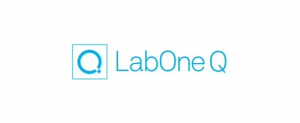 Zurich Instruments has introduced LabOne Q, a new software framework to accelerate progress in quantum computing. LabOne Q’s Python based, high-level programming interface enables users to concentrate on intuitive, efficient experiment design, while automatically accounting for their instrumentation details and maximizing useful computation time. Tight system integration between software and hardware ensures a seamless user experience from setups with a single qubit to those with 100 and more.
Zurich Instruments has introduced LabOne Q, a new software framework to accelerate progress in quantum computing. LabOne Q’s Python based, high-level programming interface enables users to concentrate on intuitive, efficient experiment design, while automatically accounting for their instrumentation details and maximizing useful computation time. Tight system integration between software and hardware ensures a seamless user experience from setups with a single qubit to those with 100 and more.
With LabOne Q, controlling many qubits is straightforward. Upgrading or scaling up a lab setup just requires a drop-in replacement in the code, with synchronization of all instruments ensured from the start. Simultaneous tune-up of multiple qubits, multiplexed qubit state readout, multi-qubit gate calibration, or control crosstalk compensation are all included.
LabOne Q empowers users to focus on science by providing an intuitive high-level programming language for constructing pulse sequences and building experiments. LabOne Q streamlines and automates time-consuming tasks such as optimizing instrument settings, generating and uploading waveforms, and synchronizing pulses between multiple instruments. Even with this control and measurement automation, users still have complete low-level access to the instruments. Setup details and instrument settings are accessible through a single line of code. LabOne Q provides browser-based tools for visualization of the experimental sequences and pulses before execution, giving a simplified overview of complex experiments, even with hundreds of pulses. The user-friendly python environment makes keeping track of experimental results and calibration data and repeating or modifying a previous experiment straightforward.
LabOne Q enables users to get the most out of their setups by optimizing control instructions and minimizing communication overhead. LabOne Q Experiments have a clear distinction between real-time execution, when the instruments execute instructions and gather data autonomously, and near-time instructions, when communication with an outside process is necessary. For example, when tuning up a quantum gate with optimal control, real-time calibration sequences are interleaved with optimization steps, where intermediate measurement results are used to optimally calibrate the required gate pulse. Additionally, a clear separation between offline and online workflows means experiments may be pipelined and queued to increase uptime. This means less time is spent on classical processing, and more on quantum computing.
Zurich Instruments makes cutting-edge instrumentation for scientists and technologists in advanced laboratories who are passionate about phenomena that are often notoriously difficult to measure. The company’s core offering includes lock-in amplifiers, impedance analyzers, arbitrary waveform generators, and the first commercially available quantum computing control system.
ColdQuanta Expands Leadership Team with Promotion of Chris Wood to Chief Technology Officer and Addition of New Top Talent
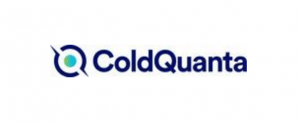 ColdQuanta today announced it has expanded its leadership team with a stable of quantum experts including: Dr. William Clark as Vice President of Quantum Development, Laura Hale as Vice President of Government Programs, and Steve Matthews, as Vice President of Sales & Business Development for Quantum Information Platforms. VP of Photonic Technologies, Dr. Chris Wood, has been promoted to Chief Technology Officer (CTO). Acting Chief Technology Officer, Dr. Dana Z. Anderson, will serve as Chief Strategy Officer (CSO), guiding the company’s long-term quantum strategy.
ColdQuanta today announced it has expanded its leadership team with a stable of quantum experts including: Dr. William Clark as Vice President of Quantum Development, Laura Hale as Vice President of Government Programs, and Steve Matthews, as Vice President of Sales & Business Development for Quantum Information Platforms. VP of Photonic Technologies, Dr. Chris Wood, has been promoted to Chief Technology Officer (CTO). Acting Chief Technology Officer, Dr. Dana Z. Anderson, will serve as Chief Strategy Officer (CSO), guiding the company’s long-term quantum strategy.
These appointments come on the heels of several technical milestones, industry partnerships, and growth across the company’s entire portfolio of quantum ecosystem solutions. Earlier this year ColdQuanta’s quantum matter platform, Albert, launched in beta at the Laser World of Photonics Conference in Munich, where it was honored as the 2022 Prism Award winner for Quantum. Additionally, ColdQuanta announced the commercial beta launch of Hilbert, the world’s first cold atom quantum computer. The company made its first acquisition of quantum software company, Super.tech.
As CTO, Wood will guide ColdQuanta’s technology and new product strategy, which includes overseeing the critical transition from Research to Engineering to Product. He brings extensive familiarity with rugged, field-proven mil-spec and space-qualified solid-state lasers, Telcordia-qualified lasers, Photonic Integrated Circuits, and optical fabrication and coatings from previous jobs at at Insight Lidar, Kapteyn-Murnane Laboratories, Lockheed Martin Coherent Technologies, and Precision Photonics.
Dr. Clark joins ColdQuanta from General Dynamics Mission Systems, where he was a Senior Engineering Fellow, and the Founder and Director of the Quantum Laboratory and Quantum Center of Excellence, where he explored the practical use of quantum technologies for secure and covert communications, remote sensing and signal processing.
Laura Hale, Vice President of Government Programs, brings a rich background in program, product, and systems engineering across multiple domains, including ground, space, and novel environments in transformational leadership positions with NASA, the National Geospatial Intelligence Agency, the Space Development Agency, and various elements of the US Department of Defense and Intelligence Community.
Matthews joins ColdQuanta as Vice President of Sales & Business Development for Quantum Information Platforms, bringing 20 years of Enterprise Software Sales experience to his role. He previously worked at quantum computing software company, QC Ware.







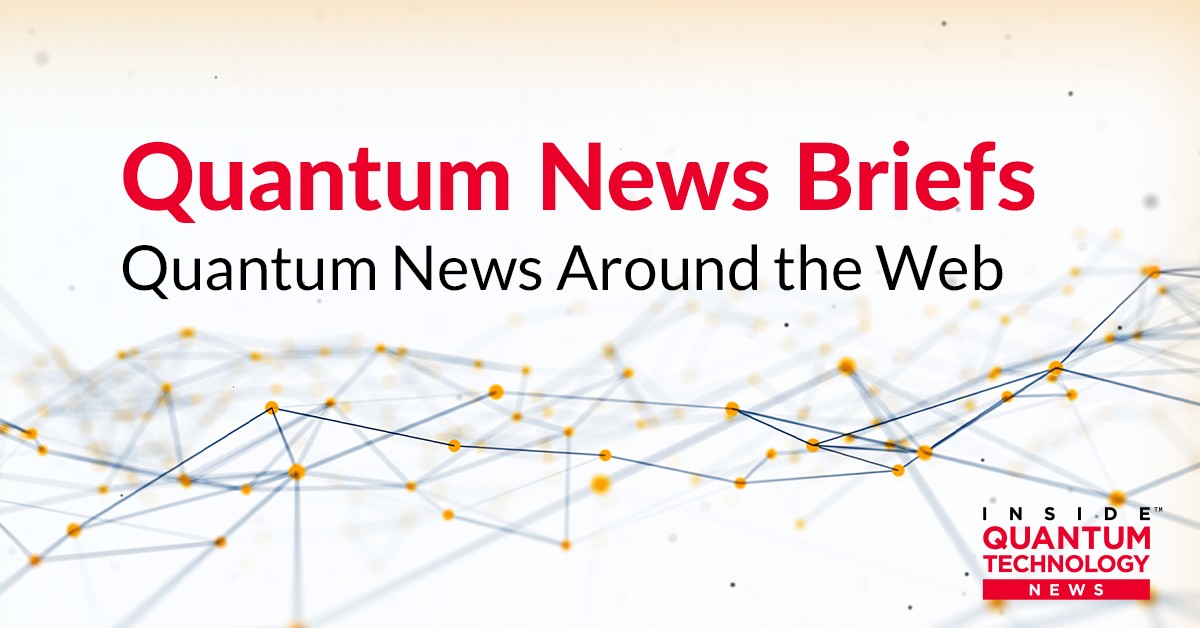
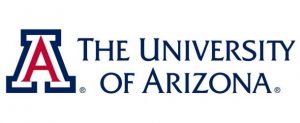 The seven-story building skeleton rising in between McKale Center and the Main Library on the UA campus will soon be home to researchers hoping to develop the ultimate internet, according to
The seven-story building skeleton rising in between McKale Center and the Main Library on the UA campus will soon be home to researchers hoping to develop the ultimate internet, according to 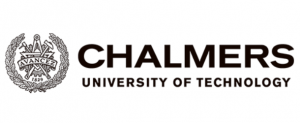 Researchers in quantum technology at Chalmers University of Technology have succeeded in developing a technique to control quantum states of light in a three-dimensional cavity. In addition to creating previously known states, the researchers are the first ever to demonstrate the long-sought cubic phase state. The breakthrough is an important step towards efficient error correction in quantum computers.
Researchers in quantum technology at Chalmers University of Technology have succeeded in developing a technique to control quantum states of light in a three-dimensional cavity. In addition to creating previously known states, the researchers are the first ever to demonstrate the long-sought cubic phase state. The breakthrough is an important step towards efficient error correction in quantum computers.











